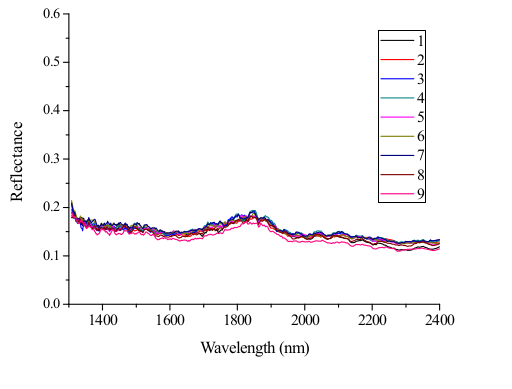Validation of Near InfraRed preconcentration strategies for ore sorting
Keywords:
preconcentration, copper ore, near infrared, QEMSCAN(R), spectral signatureAbstract
The early rejection of gangue minerals, at coarse ore particles size (preconcentration), has been shown to be a viable option to cost reduction in many mineral processing applications. A promising technique being explored for efficient ore preconcentration is the Near InfraRed (NIR) spectroscopy. This paper attempts to validate the efficiency of near infrared preconcentration strategies, by comparing data of preconcentrated particles, when particles are scanned using near line scanner from different sides and angle of view. Three copper particles were selected from a batch of sixty preconcentrated samples, mineralogical and near infrared analysis were performed on the particles. Particles were then cut laterally (cross sectioned) and mineralogical and near infrared analysis repeated on the cut cross sectioned surface. Data of the whole samples and cross-sectioned samples are compared. Results indicate that the depth attained by scanning (both with NIR and QEMSCAN(R) of original samples is representative of each sample scanned and sufficient for preconcentration. Also, except for the differences in particle size, correlation is almost 1:1, thus, validating the initial NIR preconcentration results as being promising.

Published
How to Cite
Issue
Section
Copyright (c) 2022 Journal of the Nigerian Society of Physical Sciences

This work is licensed under a Creative Commons Attribution 4.0 International License.





